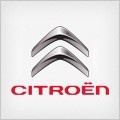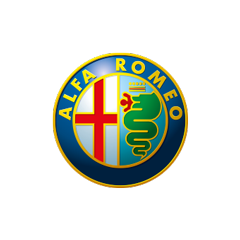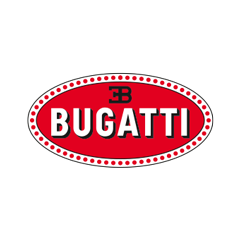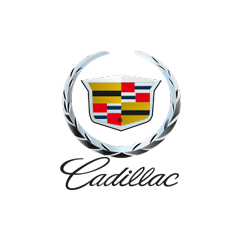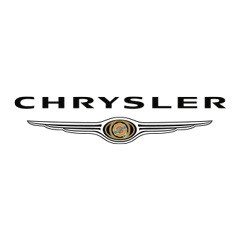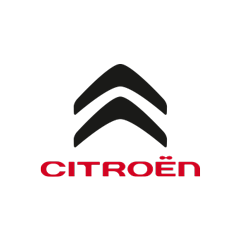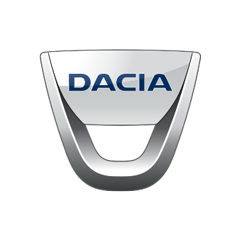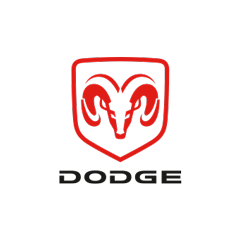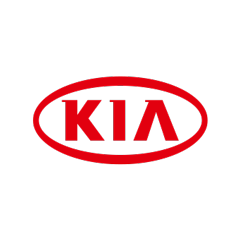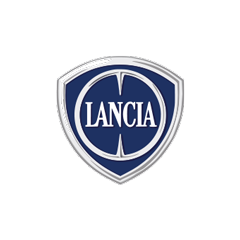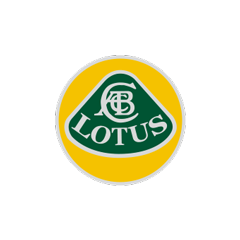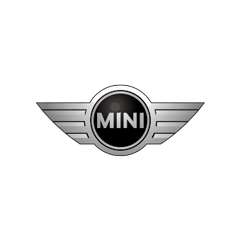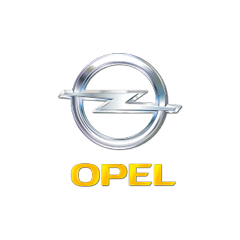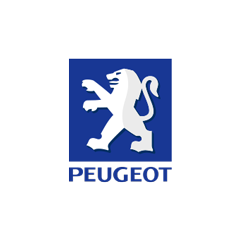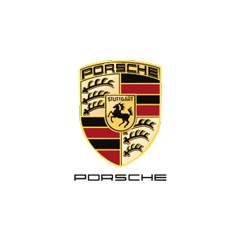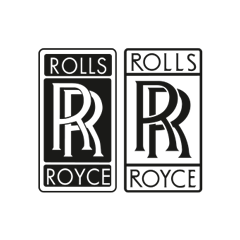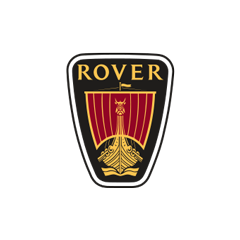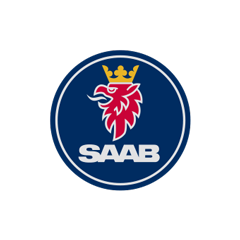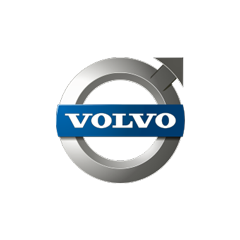As part of the Eurovan alliance, Citroen built its version of a minivan named Evasion and tried to look different from its siblings.
Even though most European drivers were not very attracted by minivans, their practicality drew some of them. Renault was already on that segment with the Espace since 1984, and the French carmaker was doing well. Its fellow countryman rivals waited for a decade before introducing an adequate competitor, but they did it well right from the start. Citroen-Peugeot built their minivans with some help from Fiat, who produced its Lancia Zeta-Fiat Ulysse lineup.
The Evasion offered a less aggressive styling with its squared-looking headlights but less sharp inner side than its sibling, the Peugeot 806. The front bumper sported a black, unpainted lower area to cut the repair costs from minor scratches. A set of black moldings protected the vehicle from shopping carts and other small chips in the paint on the sides. Unlike the Espace, the Evasion featured rear sliding doors, making the ingress and egress easier for the second and third-row passengers. At the back, a broad and tall liftgate opened the way to the trunk.
Inside, the carmaker installed seven individual seats. Apart from the front ones, all the others could have been removed. That led to a huge storage area of up to 3,300 liters (116.5 cu-ft) from the small 340 liters (12 cu-ft) with all seats in place. Due to the elevated seating position, the carmaker installed the gear stick on the center stack. A dual sunroof was on the options list.
Under the hood, PSA (Peugeot-Citroen) installed the engines for all four Eurovan members. There were only inline-four powerplants, either gasoline or turbo-diesel.
